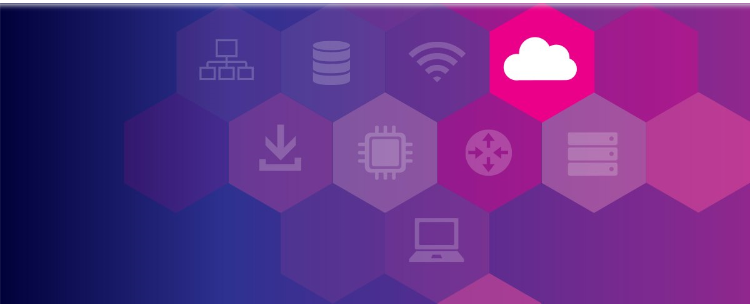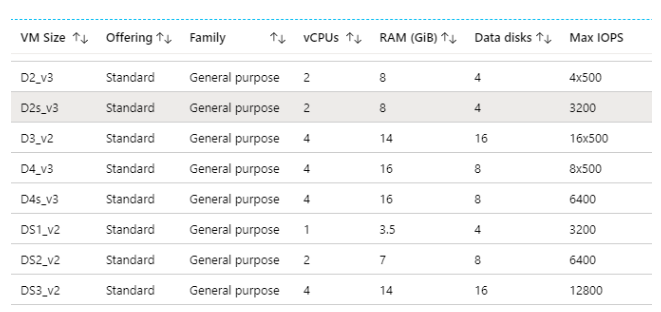
How to deploy PRTG Network Monitor in AWS, Azure and GCP
In October 2017, Paessler launched the first hosted offering of PRTG built on the AWS platform. Since launching that first version of “PRTG Hosted by Paessler” our cloud team has gained a tremendous amount of experience with managing and automating AWS services.
Over that time, we now have customers across every industry using our hosted offering as it provides nearly all the benefits of an on-premise installation of PRTG without the concerns of updates, backups, redundancy or mobile app connectivity within a flexible SaaS subscription model.
Outside of our cloud team, the Paessler presales team runs all their PRTG demo installations from AWS EC2 m5 instances. These instances are geographically dispersed in different AWS regions including the United States, Ireland, Germany and Australia. This configuration allows us to leverage the durability and availability of cloud infrastructure for a global sales organization.
But what if you want to run PRTG in the public cloud on your own?
Is it supported? What type of instance should you use? What type of storage? How is it secured? How do you use remote probes? How is email delivery and SMS setup? Can you use mobile apps and PRTG Desktop?
Though not exhaustive we will review some of the most common questions for deploying PRTG in Amazon Web Services (AWS), Microsoft Azure and Google Cloud Platform (GCP).
Amazon Web Services (AWS)
Instance Types
T2 instances

T3 Instances

M5 Instances

Storage
Both the t3 and m5 are EBS-Only storage. In some cases, customers will use a single GP2 volume and have PRTG installed along with the data directory reside on the same volume as the OS. In other cases customers will use Throughput Optimized HDD st1 for the PRTG data disk.
One of the biggest concerns with moving infrastructure to the cloud are the ongoing costs. With that in mind, our sensor team built the AWS Cost Sensor for PRTG Network Monitor to give you better visibility to monthly and yearly costs along with forecasted costs by querying data from the AWS Cost Explorer API.
Microsoft Azure
Instance Types

Storage
Cost is very important regardless of the public cloud platform you utilize and with that in mind our developers are working on an Azure Cost Sensor like our AWS cost sensor.
Google Cloud Platform (GCP)
Instance Types
In GCP the instances are known as machine types.

Storage
Zonal Persistent Disks: standard HDD and SSD are both suitable for PRTG though larger installations will benefit from SSD to help with graph cache.
Standard ports needed for PRTG
To connect to the Web server on your PRTG core server to use the web UI remotely, connect your PRTG Desktop app or one of our mobile apps, you will need to open TCP port 443 (SSL) or a custom web port.
Remote probes require TCP port 23560 (default) to be open as well. You will need to evaluate the security groups, ACLs and other security settings for each public cloud platform to use each of these PRTG features. PRTG email delivery can leverage the built in SMTP server or your own mail server. In either case, these mail delivery options will require outbound connectivity.
Here are the steps required for two of the most common email delivery setups our customers use for email relay: Microsoft 365 and G-Suite.
Share your cloud experience with us!
Do you have experience running PRTG from the public cloud? What have you learned? Please let us know in the comments below!
© Copyright 2000-2025 COGITO SOFTWARE CO.,LTD. All rights reserved